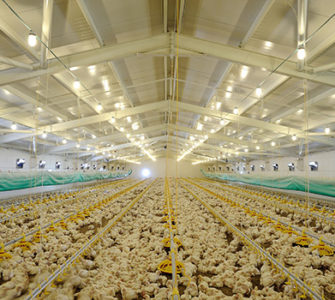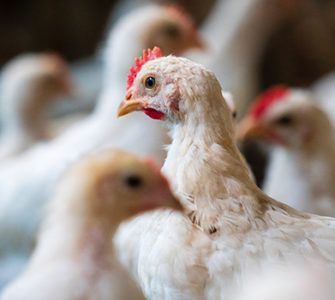Navigating the maze of alternative products for necrotic enteritis control
The effectiveness of antibiotic alternatives is going to vary among “no antibiotics ever” (NAE) production systems, and it’s up to the producers to figure out which alternatives will work in their particular operation, Greg Mathis, PhD, of Southern Poultry Research, told Poultry Health Today.
Alternative products intended to control necrotic enteritis (NE) in NAE systems may appear to work in an experimental setting, but they don’t always work in the field because there are so many variables involved. This disparity is a common complaint among NAE producers, Mathis explained.
Feed additives used as antibiotic alternatives include enzymes, minerals, probiotics, prebiotics, plant extracts, organic acids and monoglycerides. Of these, probiotics are the most commonly used because there’s a good scientific understanding of how they work, which is through competitive exclusion.
Butyric acid is the focus of much of the current research, Mathis continued. It strengthens the villi, helps moderate pH changes and has antibacterial activity.
Research efforts with alternative products start by determining if a concept works. If it works, the next step is to determine a dose. Then the focus is on demonstrating the efficacy of the product in preventing NE, he said.
Mathis, recognized worldwide for his research on coccidiosis control, noted that controlling Eimeria maxima is key to controlling NE. It’s been over 20 years since research proved a direct connection between the severe gut damage E. maxima causes and the proliferation of Clostridium perfringens, the bacterium that causes NE, he noted.
NAE producers are learning how to best use vaccines for controlling coccidiosis and NE and are using in-feed antibiotic alternatives to provide additional control. Generally, more than one alternative approach is going to be necessary, Mathis said.
Posted on April 8, 2019

















